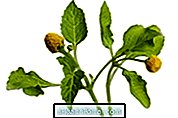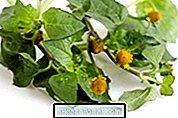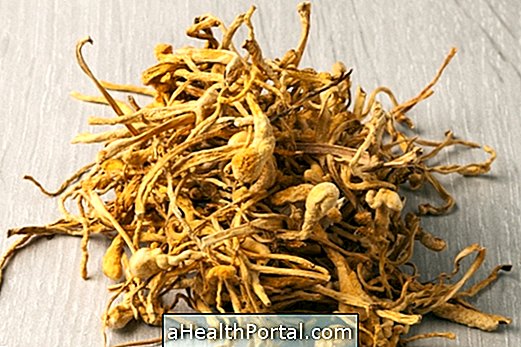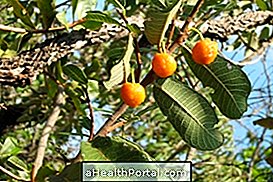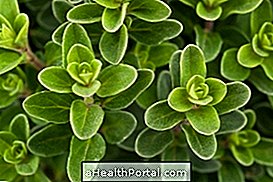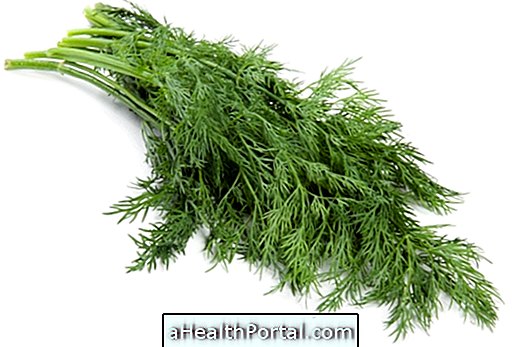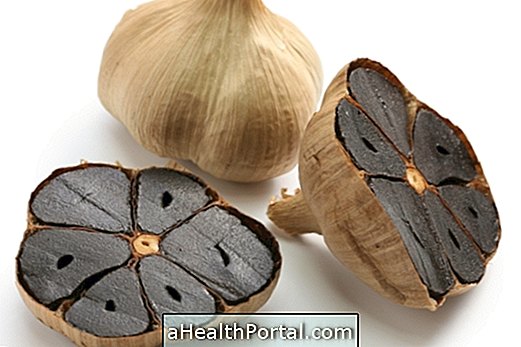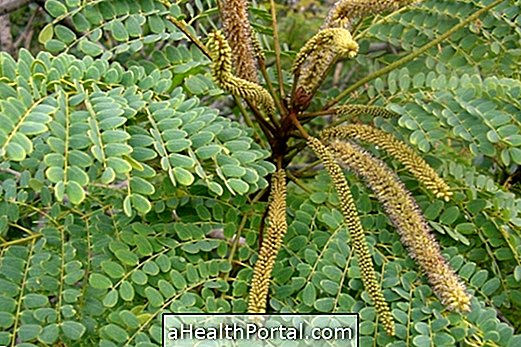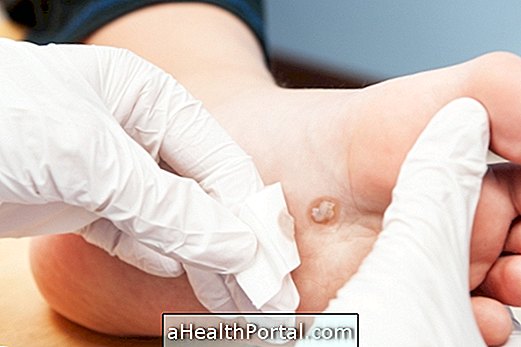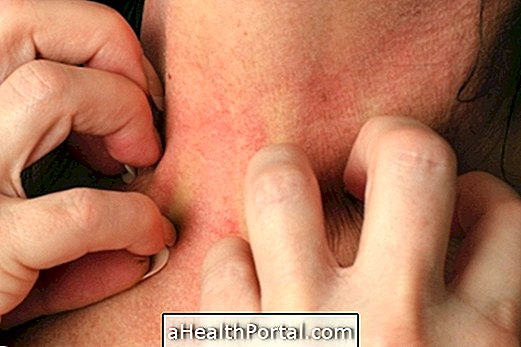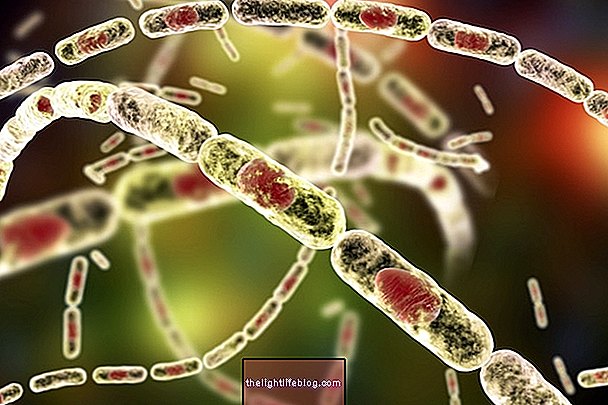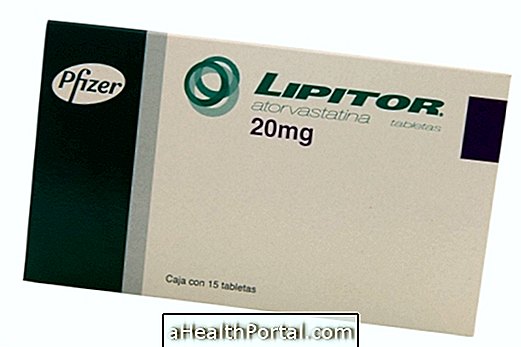Jambú is a medicinal plant, also known as Abecedaria, Brackish Watercress, Brazilian Watercress, Jabuaçú or Jamaburana, widely used in cooking to make tacacá, a typical dish from Pará.
However, Jambú can also be used to treat candidiasis, herpes or toothache, for example.
Its scientific name is Spilanthes acmella and can be bought in markets, supermarkets, free markets and some natural products stores.
What is Jambú used for?
Jambú is used to help treat toothache, gallstones, weakness, skin problems, cough, pulmonary tuberculosis, herpes, gingivitis and candidiasis.
Properties of Jambú
The properties of Jambú include its anesthetic, antifungal, diuretic, antiviral, antiseptic and immune system stimulant action.
How to use Jambú
The leaves of Jambú can be used raw, in the preparation of salads, or cooked, to make tacaca or pizza of Jambú, for example. Jambú can also be used in the form of tea or infusion, using its leaves, flowers or roots.
- Jambú tea: put 10 g of jambú leaves in 500 ml of boiling water, let stand for 10 minutes, strain and drink up to 3 times a day.
Side effects of Jambú
The main side effect of Jambú is the increased contractions of the uterus, when consumed in excess.
Contraindications of Jambú
Jambú is contraindicated for pregnant women.
Nutrition information of Jambú
| Components | Quantity per 100 g of Jambú |
| Calories | 32 calories |
| Proteins | 1.9 g |
| Fats | 0.3 g |
| Carbohydrates |
7.2 g |
| Calcium | 162 mg |
| Phosphor | 41 mg |
| Iron | 4 mg |
| Vitamin B1 | 30 mg |
| Vitamin B2 | 210 mg |
| Vitamin B3 | 1 mg |
| Vitamin C | 7 mg |
